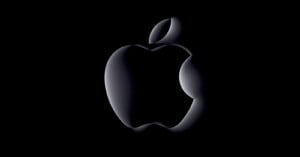
In the Blink of an Eye, Apple is All-In on AI
Apple appeared content to sit by the sidelines as the AI craze took the tech world by storm last year, but that has changed. Apple is all in on AI, and it seemingly happened in the blink of an eye.

Apple appeared content to sit by the sidelines as the AI craze took the tech world by storm last year, but that has changed. Apple is all in on AI, and it seemingly happened in the blink of an eye.

Apple will release an update to both the desktop and mobile versions of Final Cut Pro later this month that will improve the workflows on iPad and speed up exports on Mac while also adding new features to both platforms.

A week after reporting that Apple is testing M3-powered Macs, Bloomberg's Mark Gurman is back with fresh new details on Apple's M3 family of chips, including rumors about the M3 Pro, M3 Max, and M3 Ultra chips.

Apple is testing computers with a yet-to-be-announced M3 chip according to a new report. The upcoming processor could debut in a new Mac as soon as October.
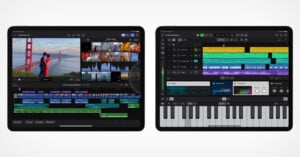
Apple has brought Final Cut Pro and Logic Pro to iPad to allow both video and music creators to edit their content without needing a full-size computer.
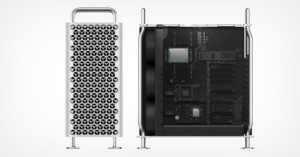
The Apple silicon-powered Mac Pro that was promised last year is finally coming in late spring or early summer.
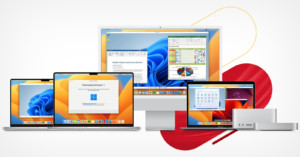
Thanks to a partnership with Parallels, Microsoft will officially support running Windows 11 on M1 and M2 Macs in a virtual environment.

Apple got so much right when it launched the M1 Max MacBook Pro in 2021 that it didn't need to do much to make a compelling successor other than beef up the performance. And, honestly, that's exactly what the company did in the M2 Max MacBook Pro.

Apple has not only announced the availability of its new M2 Max and M2 Pro computer chips, but also a new Mac mini and the new 14- and 16-inch MacBook Pro laptops.
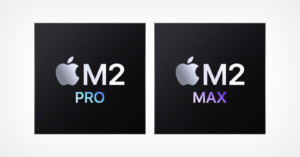
Apple has announced the new M2 Pro and M2 Max which feature a more powerful CPU and GPU and up to 96GB of unified memory.
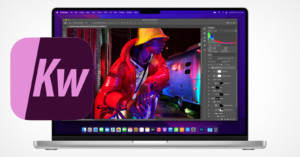
Kwiketta is a new free application that can launch Photoshop directly under Rosetta (the Intel Processor Emulation on Apple Silicon M1 and M2 Macs) and hands all files opened with it to Photoshop, letting creatives continue using legacy plugins and add-ons.

Apple will add the MacBook Air and MacBook Pro laptop models that are equipped with the M1 family of chips to its Self Service Repair program tomorrow. This includes the parts, tools, and manuals that are required to make repairs to these devices at home.

Peakto is an artificial intelligence-powered (AI) Mac software that promises to provide photographers with a complete view of all their photos as well as a centralized and automated search across a host of previously incompatible editing platforms.

In a Geekbench 5 result that surfaced earlier this week, the new 13-inch M2 Macbook Pro achieved a score of 8,928, significantly better than the baseline Mac Pro with an 8-core Intel Xeon W processor that has a score of 8,027.
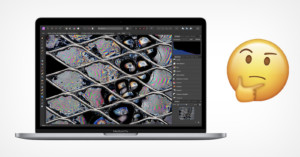
Earlier this week, Apple revealed the M2 chip and the two computers that would be the first to use it. And while the MacBook Air saw significant upgrades across the board beyond just the new chip, the equally-priced M2 MacBook Pro did not.
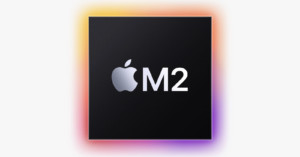
Apple has announced the M2, the beginning of its second generation of silicon for Mac devices. The chip is slightly larger than the original M1 chip and offers a performance bump in seemingly every category.

Apple's annual Worldwide Developers Conference (WWDC) kicks off on Monday, June 6 at 10 AM PT and while the keynote usually centers around software, there is reason to believe some hardware will also make an appearance.
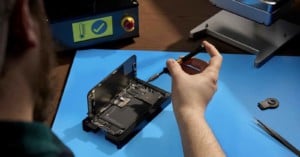
Apple has made good on its promise to make self-service repair of its products available and genuine parts and tools can now be purchased by customers in the United States through its Self Service Repair Store.
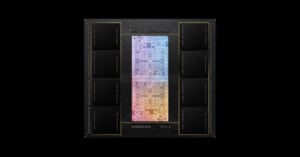
According to a new leak, Apple has begun testing four new M2 chip variations in as many as nine total Mac computers. This tracks, as Apple already said the M1 Ultra in the Mac Studio was the last of its current generation of processors.
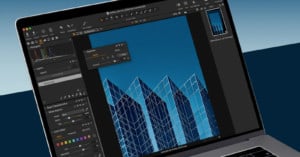
Capture One has announced an update to its popular editing software that has a re-envisioned keystone tool in addition to several other updates including the promise of "substantial speed improvements" on Apple Silicon.

Apple has announced the Mac Studio and Studio Display, a desktop combination that is powered by either M1 Max or the company's new M1 Ultra and is significantly more powerful than the highest-end 27-inch iMac or the Mac Pro.
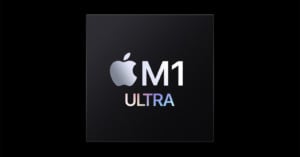
Apple has announced what it describes as the final chip in the M1 family: the M1 Ultra. It bypasses physical limitations that normally occur when two chips are paired together and promises incredible performance with low power consumption.
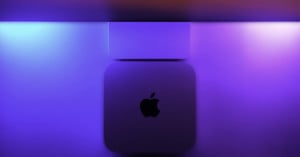
A new report alleges that Apple is developing a desktop computer solution that is designed to sit a step above the Mac mini. Two versions are supposedly in development, with one featuring a chip more powerful than the M1 Max.

ACDSee has launched Photo Studio for Mac 8, what it describes as a powerful digital asset management tool for Mac computers and has been designed to run natively on Apple Silicon.

It is extremely difficult to come into a review of the new MacBook Pro with a truly neutral mindset. The original M1 was just so darned impressive that a follow-up naturally has enormous shoes to fill. Somehow, not only does the MacBook Pro powered by M1 Max meet expectations, it exceeds them: this computer is a marvel.

In 2016, after Apple removed the memory card slot from MacBook Pros, I complained about this loudly. “Everything is going wireless,” a since-departed executive told me, adding that there was no need for the slot anymore.
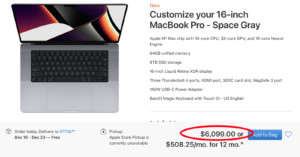
The most tricked-out 16-inch MacBook Pro with M1 Max will cost $6,099 which is significantly more than the max price of $2,300 for the first M1 13-inch MacBook Pro announced last year.
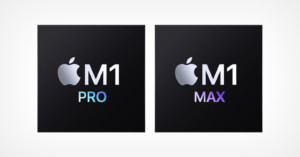
Apple has announced the latest generation of its in-house M1 silicon, the M1 Pro and M1 Max chips that both build on the original chip and dramatically expand their power across multiple categories.
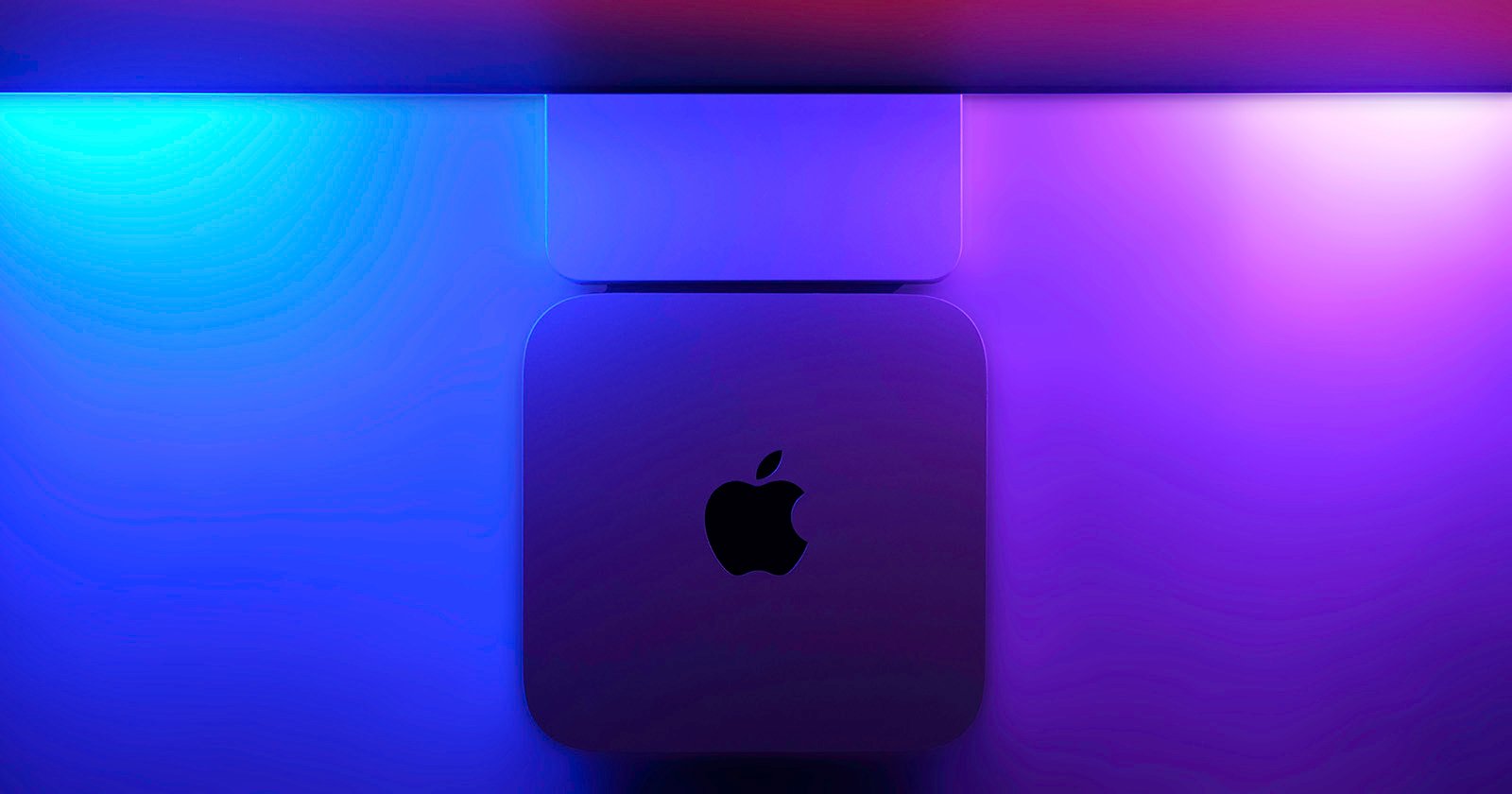
If you've been using an Apple Silicon Mac with an external display for photo and video editing, you may have noticed a few issues. Whether it's ultra-wide monitors not displaying correctly, calibration software not working right, or high-end monitors displaying in YCrCb mode instead of RGB, Apple Silicon still has a bunch of issues with color-accurate monitors.

After months of research and development, Pratik Naik and the team at Infinite Tools have released an update to the Infinite Retouch Panel that supports Apple Silicon M1 versions of Adobe Photoshop.
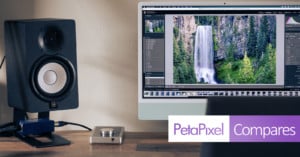
This morning, Adobe unveiled the long-awaited version of Lightroom Classic that is fully optimized for Apple Silicon devices, and we had a chance to test it out before release. Our hopes were high for a program so famously sluggish. Could Apple’s M1 processor deliver a hefty performance boost for photographers? In short: yes. The latest version of Lightroom Classic was up to 25 percent faster on the M1 than on our more expensive Intel-based Mac.
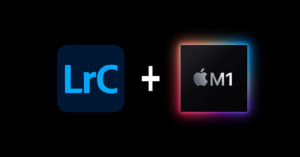
Hot on the heels of Capture One, Adobe has finally brought native Apple silicon support for Lightroom Classic. In addition to promising straight performance improvements, Adobe is also adding several new features -- like Super Resolution -- to the popular photo editor.

Apple announced the next version of macOS during the WWDC Keynote today and showed off a host of operating system updates designed for the Apple Silicon transition. The company promises even more cross operation with iOS, including the ability to share a keyboard and mouse across a Mac and an iPad.
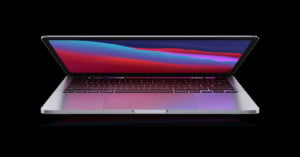
A respected industry analyst has echoed previous reports that Apple is likely to announce new 14-inch and 16-inch MacBook Pro laptops at its World Wide Developers Conference (WWDC) next week along with new versions of its operating systems.
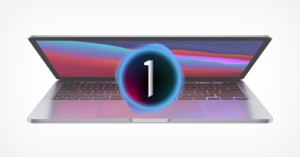
Capture One is finally launching native M1 support for its photo editor and promises significant improvements to performance. With the optimized native software, the company says imports are up to two times faster while managing assets is 50-percent quicker.

Even though Apple's new M1 computers are still quite new, the company is reportedly poised to release even newer versions of both its laptop and desktop lines that feature new processors, significantly upgraded specifications, new designs, and more connectivity starting as early as this summer.
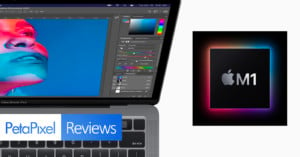
Earlier today, Adobe finally released the full-blown non-Beta version of Photoshop for Apple Silicon, and we got a chance to test it out. I won't beat around the bush: the benchmarks are really impressive, matching or outperforming Intel-based computers that cost two to three times as much.
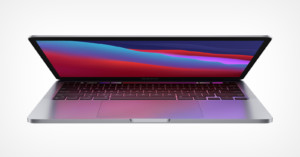
Adobe has shipped the first version of Photoshop that can run natively on Macs equipped with Apple Silicon and also has announced a new feature for Adobe Camera Raw (ACR) called "Super Resolution" that is available today.

Famed Apple leaker Jon Prosser is reporting that according to his sources, the new designs for the Apple iMac that are expected to come this year are going to be available in five colors, harkening back to the iconic iMacs of the 2000s.
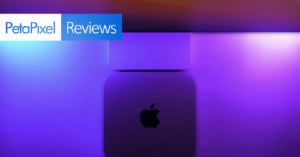
When Apple debuted the M1 system on a chip (SOC), it released three computers equipped with the same CPU/GPU/RAM combo: the M1 MacBook Air, the M1 MacBook Pro, and the M1 Mac mini. It might seem like this makes for three redundant options, but after reviewing the MacBook Pro and spending a month with the new Mac mini, I can confidently say that the Mac mini is the best choice for the majority of photographers. To explain why, I need to turn to economics.